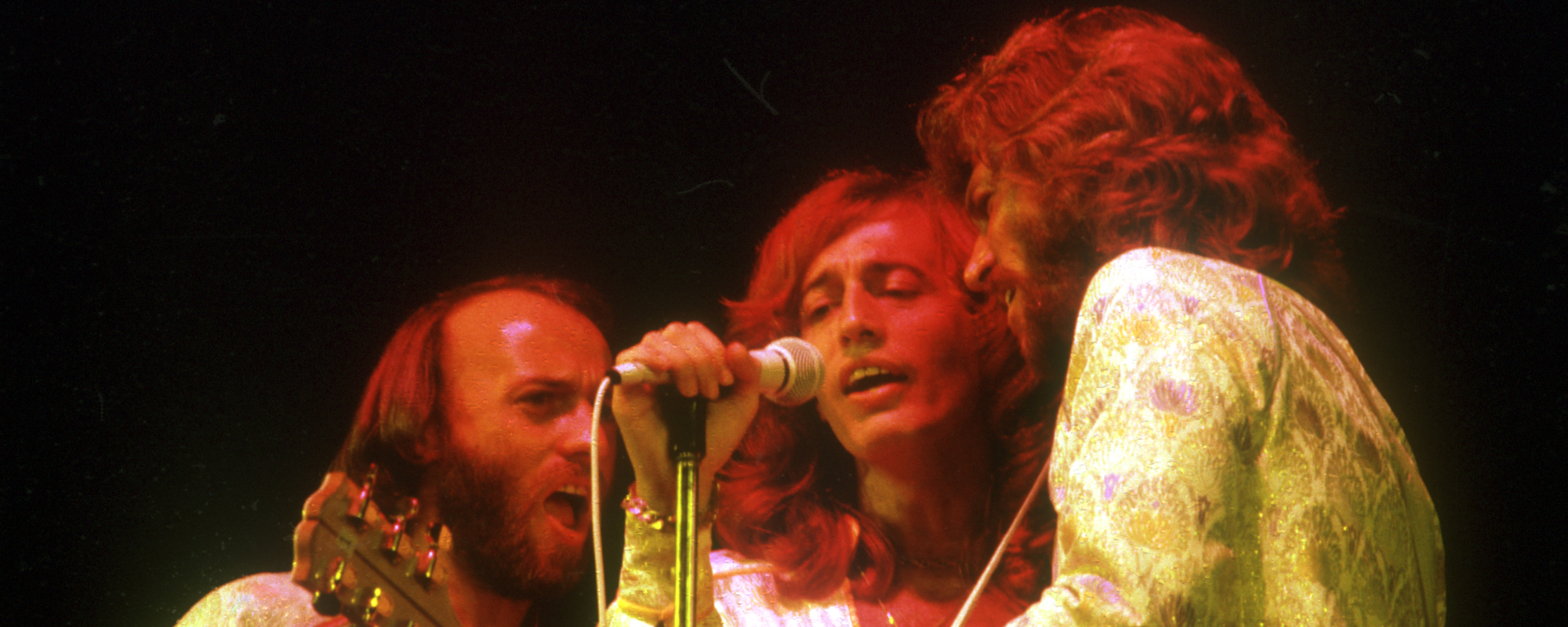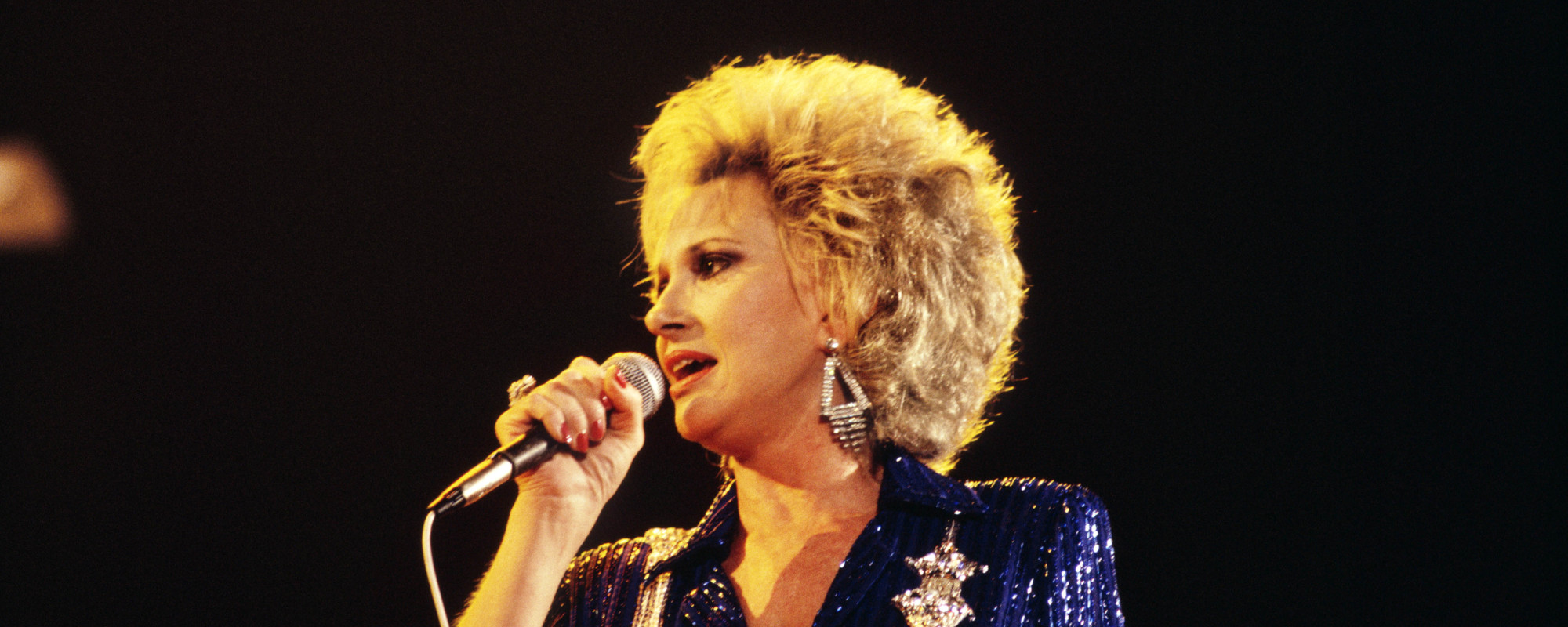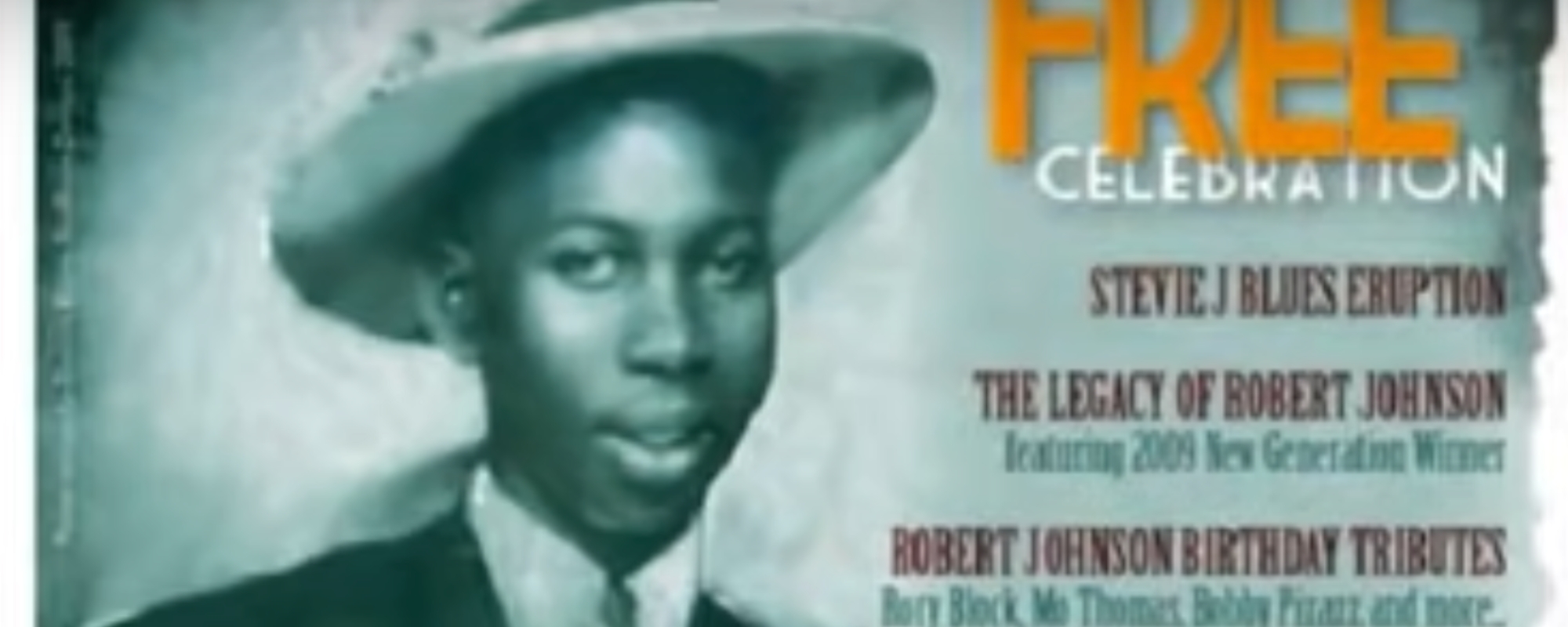A double A-side single to “Penny Lane,” February 1, 1967, The Beatles “Strawberry Fields Forever” peaked at No. 8 on the U.S. charts upon release and has been called one of the greatest pop songs ever written.
Videos by American Songwriter
It’s Not About Fields of Strawberries
Though the melody of the song is upbeat, the story of the song is a more somber one and a narrative of John Lennon’s hardships growing up in Liverpool. Lennon’s childhood was a rocky one. His father Alf was often away at sea as a merchant, and his mother Julia eventually had a child (Lennon’s half-sister Julia Baird) with another man. After social services were called on his mother, Lennon was sent to live with his Aunt Mimi in the suburban town of Woolton. Lennon didn’t see his father again for more than 20 years, and his mother was killed while crossing the street when he was 17 years old.
Liverpool Orphanage
Living under his strict aunt, Lennon found respite by secretly sneaking off to play in the gardens of the girl’s orphanage next door, run by the Salvation Army. The Victorian-era house was called Strawberry Field. “Strawberry Fields is just anywhere you want to go,” said Lennon in a 1968 Rolling Stone interview. Lennon later alluded that he felt a connection to the orphans since there was a sense of abandonment from his parents. “There was something wrong with me,” he said, “I thought, because I seemed to see things other people didn’t see.”
For the song title, Lennon changed it from “Field” to “Fields” simply because it sounded better.
Let me take you down
‘Cause I’m going to strawberry fields
Nothing is real
And nothing to get hung about
Strawberry fields forever
Living is easy with eyes closed
Misunderstanding all you see
It’s getting hard to be someone but it all works out
It doesn’t matter much to me

The Beatles, Continued…
When Lennon wrote “Strawberry Fields Forever,’ The Beatles had played their final U.S. performance at Candlestick Park in San Francisco in 1966. Unbeknownst at the time, the band would go on to make six more albums and eventually play their final performance on the Apple Corps. rooftop in London on Jan. 30, 1969.
In ’66, Lennon trekked to Almería, Spain to star in the black comedy How I Won the War—his only non-musical acting role—and began writing in between filming shoots. Within six weeks, he wrote “Strawberry Fields Forever” and brought it back to the band.
“There was a moment of stunned silence, broken by Paul, who in a quiet, respectful tone said simply, ‘That is absolutely brilliant,’” recalled engineer Geoff Emerick.
Strawberry Field Today
Though it’s still a tourist attraction, Strawberry Field closed down in 2005, and all the children were relocated to foster families. Many of the original buildings and structures were torn down in the 1970s but many still stood—including the red Victorian-era Strawberry Field gates, which were later put into storage and replaced with replicas—and remained abandoned for many years. In 2019, the Salvation Army reopened Strawberry Field to the public for the first time, allowing visitors to explore the grounds. The site is now used as a training site for young people with learning disabilities.
Strawberry Fields, New York City
Set in Central Park in New York City, Strawberry Fields is a memorial to Lennon, who was killed on Dec. 8, 1980. The area consists of a five-acres near the W. 72nd St. entrance and a mosaic themed to his 1971 hit “Imagine,” where fans have continued to return for four decades to pay tribute to Lennon.







Leave a Reply
Only members can comment. Become a member. Already a member? Log in.